Diversity is one of humanity’s defining features. It is the key to innovation and richness, yet it can also become a catalyst for conflict. To overcome this tension, especially in today’s multi-faith societies, requires us to uphold values that rise above individual or sectarian interests, prioritising our collective existence.
Islam—often unjustly mischaracterised as monolithic—in fact imparts the most valuable lesson in this regard, offering one of history’s most compelling models for peaceful pluralism.
The Charter of Medina,[1] constituted by Prophet Muhammadsa in the 7th century immediately following his migration to Medina, outlined a vision of society where people of different faiths, tribes and traditions could live together with mutual respect and brotherhood. This landmark document—comprising around 50 articles—is recognised by many historians as the first written constitution of its kind.[2]
Here, we briefly discuss some of the key principles enshrined in this Constitution that offers a blueprint for the establishment of a pluralistic society.
A nation beyond divisions
The most fundamental—and arguably unprecedented—feature of the Medina Charter is that it introduced a civic identity that transcended tribal, ethnic, and even religious differences.
As stated in its very first article,[3] the Charter recognised all signatories, regardless of their distinct identities, as part of one political entity (Ummah) in Medina, distinguished from all other people.
Articles 2 through 11 detail the rights and responsibilities of the two major groups of Muslims—the Muhajirun (migrants from Mecca) and the Ansar (the native helpers of Medina)—as well as the people belonging to the various clans and subgroups of the two major tribes of Aus and Khazraj. Likewise, Articles 25 through 36 specifically address the various Jewish tribes and affirm their equal status in Medina alongside the Muslims.
While this marked a historic shift from tribal loyalty to a new form of political unity in Arabian society, the proclamation was also seminal in articulating the equal recognition of all people, in contrast to its antecedents in world history.[4]
Freedom of religion
While the Charter of Medina incorporated various tribes and communities into one political union, it did so without erasing their religious or cultural distinctions. This concept of unity without uniformity, and integration without assimilation, is a core principle of civic life.
The unambiguous expression of this principle can be found in Article 25 of the Charter, which states:
“The Jews have their religion and the Muslims have theirs.”
This statement accorded each group full rights to their religious beliefs and practices, and recognised them as part of a common political order, all the while maintaining their communal identities.
A shared sanctuary
Another unifying principle embedded within the Charter of Medina is the sanctification of the city itself as a protected space for all its signatories. Article 39 thus declares:
“The valley of Yathrib (Medina) is a haram (sanctuary) for the people of this document.”
By designating Medina as a sanctuary, the Charter establishes the city as a neutral and sacred zone, where certain actions—particularly violence and bloodshed—are strictly prohibited. This serves as a binding social contract for every group, regardless of religion or tribal affiliation. All are expected to honour this sanctity, thus committing to maintain peace, and refraining from internal conflicts within its bounds.
Additionally, Article 47 emphasises that this security extends beyond the physical precincts of the city of Medina. Every signatory is granted protection whether they are inside the city or away.
This indeed is a timeless principle that serves as a means to establish civil cohesion and transform a region fragmented by differences into a home for diverse groups, unified by values of mutual respect and non-aggression.
Shared security and mutual defence
Being part of one political union, each group is obligated by the Charter to defend against external threats together and not to assist enemies from outside against any signatory.
Articles 37, 43 and 44 explicitly mentions this mutual assistance that should come into operation in the event of an outside attack, and call for “friendly counsel and sincere behaviour between them”. These clauses also warn against the breaching of the covenant in any form and forbid granting protection to an enemy or to those who help them.
Furthermore, Article 16 guarantees that Jews will receive the help of Muslims while their enemies will not be aided against them.
Mutual goodwill and advancement of peace
A distinctive feature of the Charter of Medina is that it does not merely aim to prevent conflicts or breaches of trust, but also encourages positive engagement, mutual goodwill, and a proactive commitment to peace among its signatories.
Article 45 states if Jews or Muslims call upon one another to make peace, they must honour it and reciprocate the gesture. In this way, the clause establishes the pursuit of peace as a shared moral and legal obligation for all parties.
A blueprint for coexistence
The first of its kind and ahead of its time, the Charter of Medina introduced practical methods of fostering pluralism among the different groups inhabiting Medina. This was crucial in establishing a society based on freedom, mutual trust and respect.
Thus, articulating such a constitution was in itself an act that sheds ample light on the sheer wisdom and unparalleled foresight of the Holy Prophetsa. However, even more remarkable is the fact that the Prophetsa, as the Head of the State of Medina, himself led by example and upheld the articles of the Charter himself, setting a model of sincerity and justice.
While the Medina Charter remains a timeless document embodying the values of coexistence, justice, and mutual responsibility, it also bears testimony to the matchless teachings of the Holy Quran, which is where the principles of this Charter are derived from. The underlying message of equality within the Charter is beautifully reflected in the Holy Quran as follows:
“O mankind, We have created you from a male and a female; and We have made you into tribes and sub-tribes that you may recognise one another. Verily, the most honourable among you, in the sight of Allah, is he who is the most righteous among you. Surely, Allah is All-knowing, All-Aware.”[5]
END NOTES
[1] Al-Sirah Al-Nabawiyyah, by Ibn Hisham, v.2 pp. 143-146, Dar al-Kitab al-Arabi, Beirut, third edition (1990)
[2] How Islam Created the Modern World, Mark Graham (2006), Amana Publications p. 21
[3] The original source that records the Charter of Medina in full is Ibn Ishaq’s Sirat Rasul Allah, as preserved by Ibn Hisham. In the original text, the Charter appears as a continuous document without numbered articles. The numbering of articles was introduced later by historians and translators for clarity and reference. In this article, we have adopted the 47-article division as used in several modern scholarly translations.
[4] While many earlier documents in history—such as the Code of Hammurabi, the Roman Law of the Twelve Tables, the Justinian Code, and the Spartan Constitution, among others—sought to establish systems of law and governance, none of them granted equal rights to the diverse communities under their jurisdiction. In this regard, the Covenant of Medina stands out as a pioneering document in legal and political history. Even in the centuries that followed, few, if any, examples of such comprehensive pluralistic covenants are found until much later in human civilisation.
[5] Holy Quran 49:14

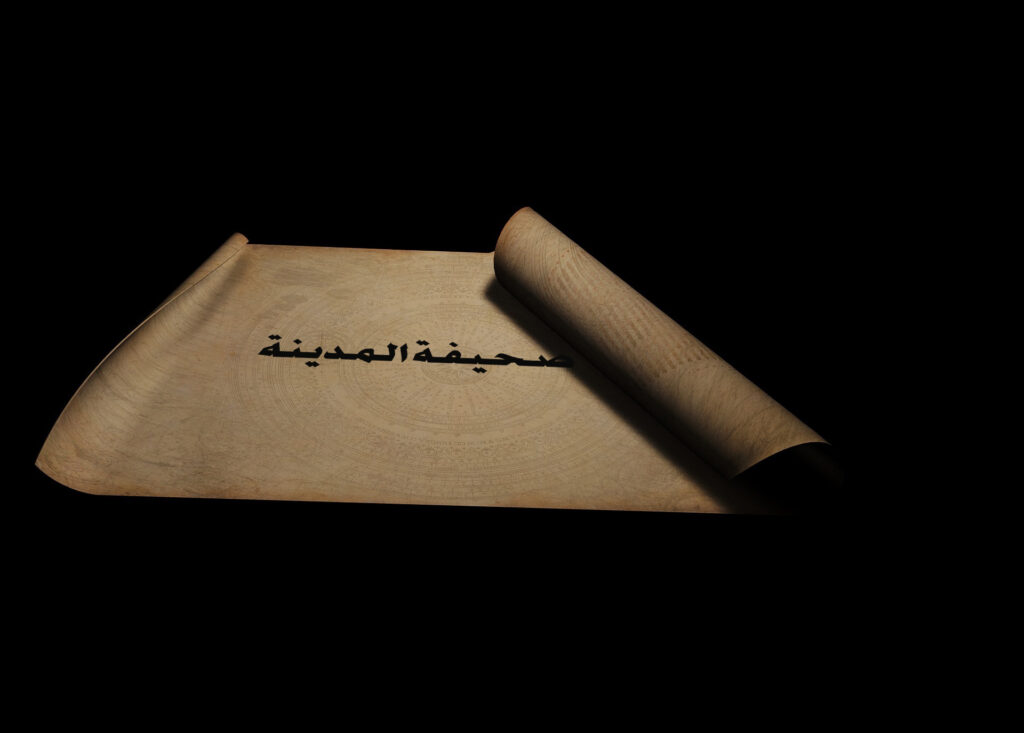
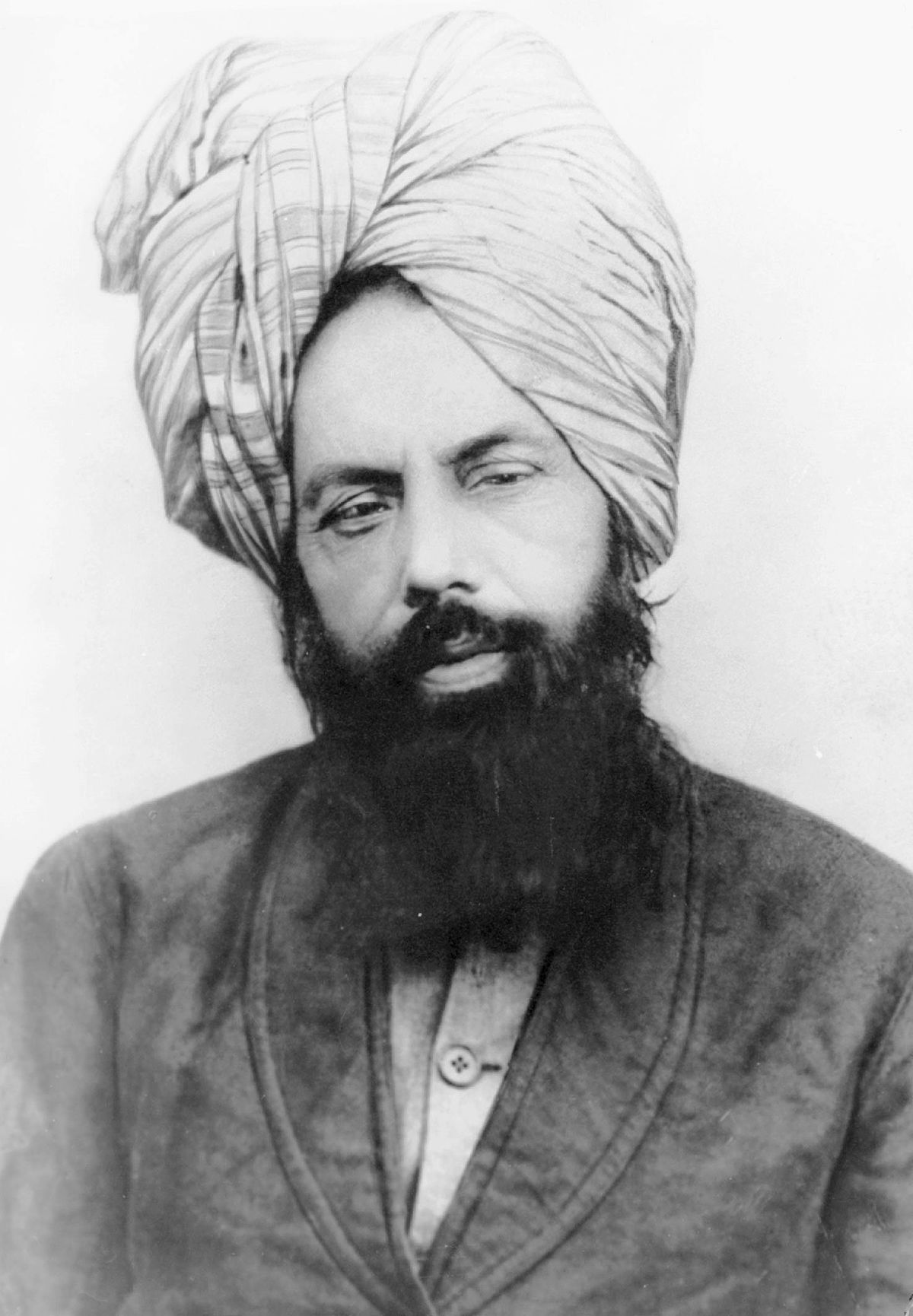
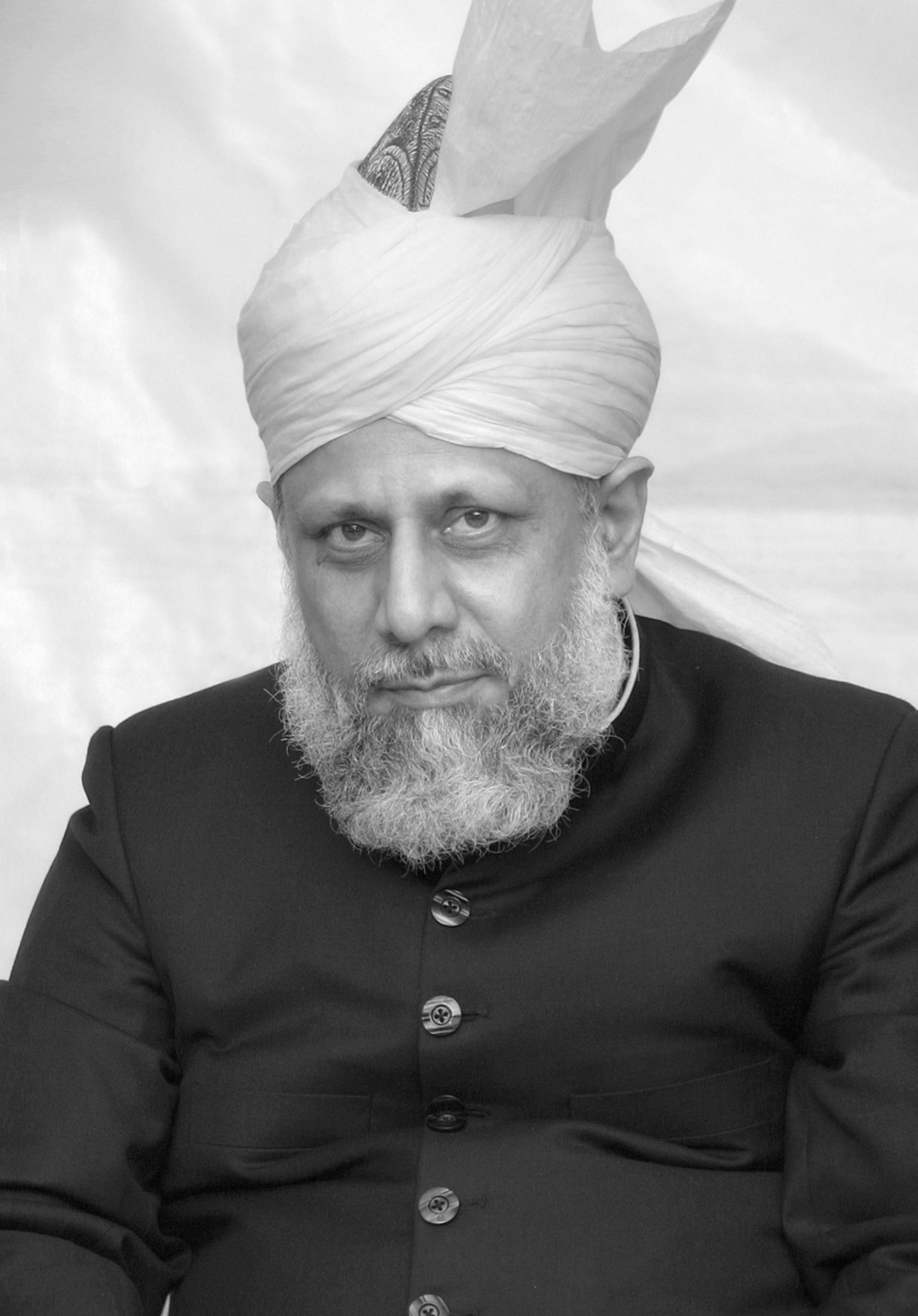
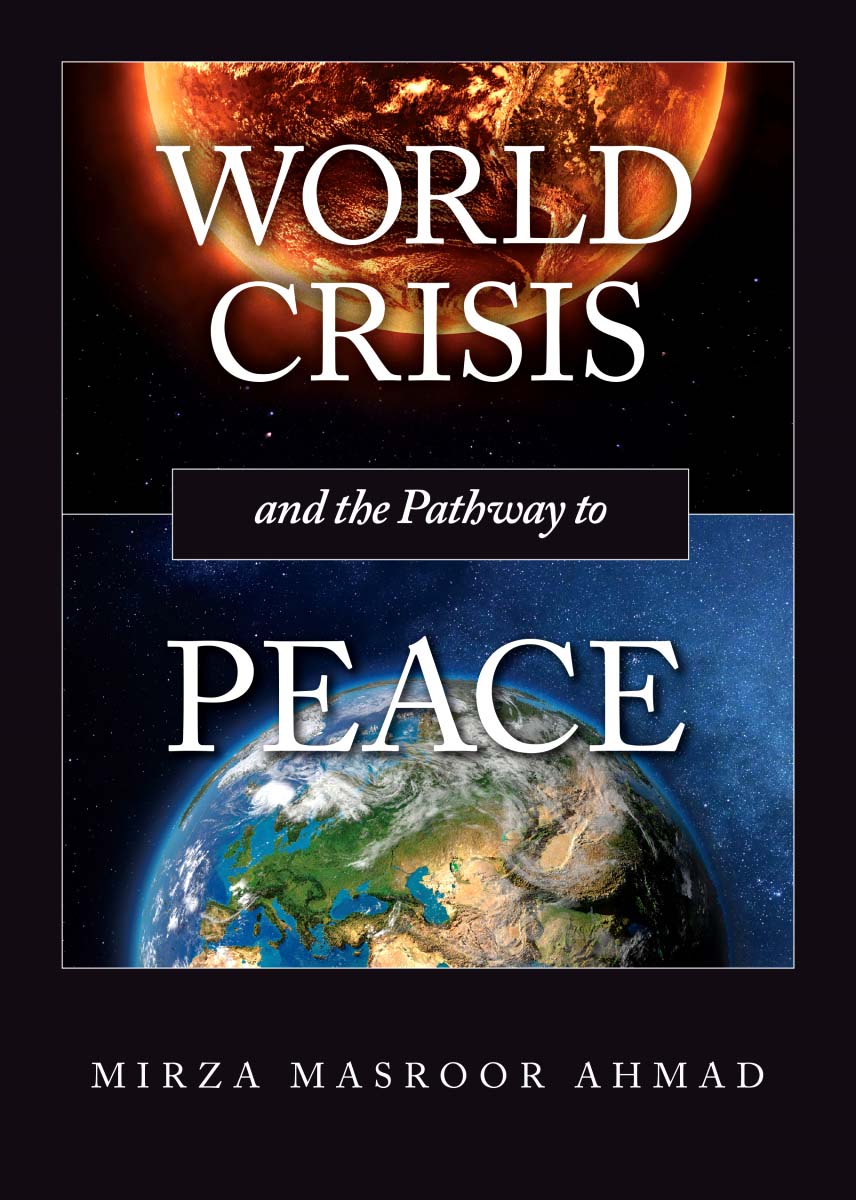
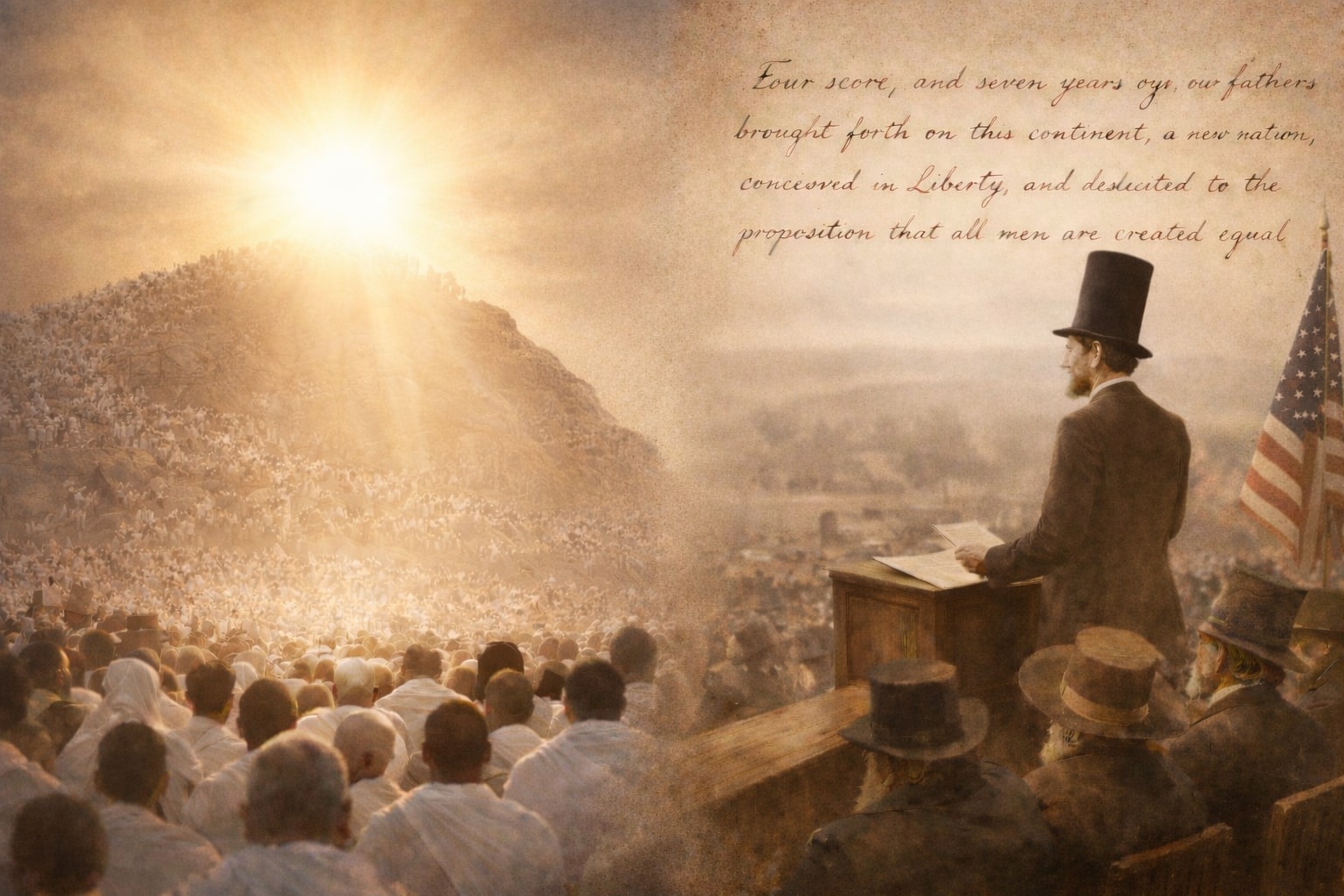
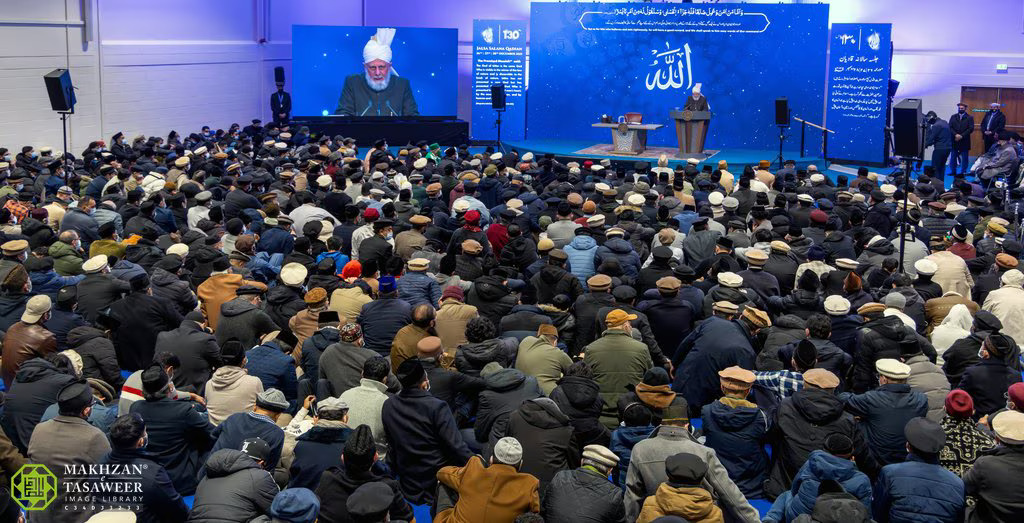






0 Comments